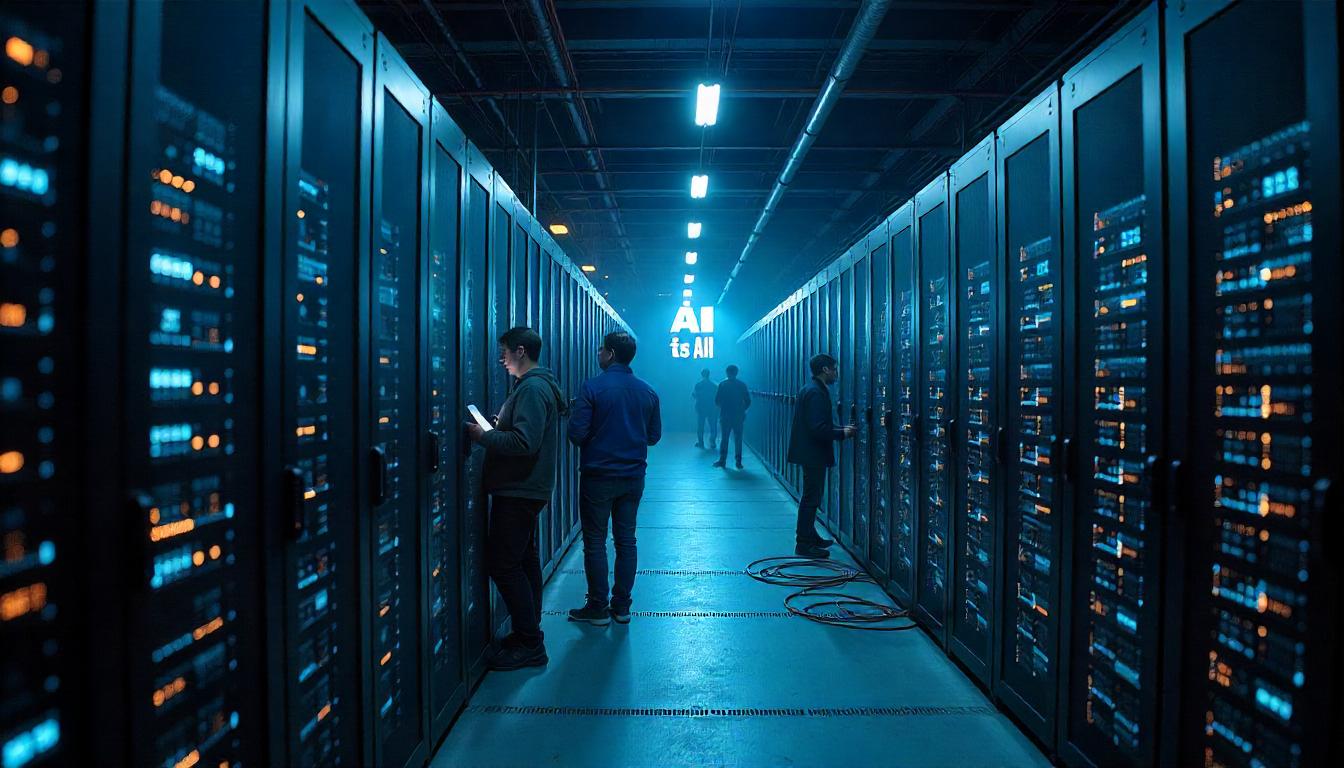Regulating Artificial Intelligence: What Governments Are Doing
Artificial Intelligence (AI) is reshaping nearly every part of our lives. From personalized recommendations and smart assistants to facial recognition and autonomous vehicles, AI’s reach keeps growing. But alongside the excitement comes a crucial question:
How can we ensure AI is safe, fair, and accountable?
Governments around the world are grappling with this challenge. They’re working to create laws and guidelines to protect people without stifling innovation. Let’s look at how different countries are approaching the regulation of AI.
Why AI Regulation Is Important
AI has incredible potential—but it’s not without risks, such as:
- Bias and Discrimination
AI can mirror and amplify biases found in training data, leading to unfair treatment in decisions like hiring, lending, or policing. - Privacy Risks
Many AI systems depend on collecting and analyzing personal data, raising concerns about how that information is used and safeguarded. - Security Threats
AI can be misused for cyberattacks, deepfakes, and surveillance, posing threats to individuals and national security. - Accountability Questions
When AI systems make mistakes or cause harm, it’s often unclear who should be held responsible—the developers, the users, or someone else.
Governments want to find a balance: keeping people safe and rights protected while allowing technological progress to continue.
The European Union’s AI Act
The European Union is leading the charge with its proposed AI Act, which aims to become the world’s first comprehensive legal framework for artificial intelligence. Some key points include:
- Risk-Based Classification
AI systems are categorized by risk level—from minimal to high. High-risk systems must follow strict rules on safety, fairness, and transparency. - Transparency Requirements
People must be informed when they’re interacting with AI tools, like chatbots or automated decision systems. - Bans on Certain Applications
The AI Act seeks to prohibit some uses of AI that threaten fundamental rights, such as social scoring systems.
While still under discussion, the AI Act is widely expected to set an international benchmark for regulating AI.
The United States: A Sector-by-Sector Approach
The United States hasn’t adopted a single national AI law yet. Instead, its approach is more fragmented:
- Industry-Specific Guidelines
Regulations often focus on particular industries, such as healthcare, transportation, or finance. - Blueprint for an AI Bill of Rights
In 2022, the White House released guidelines outlining principles for the ethical use of AI, emphasizing fairness, privacy, and transparency. - Ongoing Policy Debates
Lawmakers continue to discuss how to craft a more unified national strategy for AI regulation.
China: Innovation Under Tight Control
China is aggressively developing AI technologies while maintaining strong government oversight. Highlights of its approach include:
- Algorithm Oversight
Companies must disclose how their recommendation algorithms work and ensure they don’t promote harmful content. - Facial Recognition Rules
New laws govern how facial recognition technology can be used, especially in public spaces.
China’s model combines rapid technological development with firm government control over how AI is deployed.
Other Countries Moving Forward
- Canada is developing the Artificial Intelligence and Data Act, aimed at regulating high-impact AI systems.
- The United Kingdom is pursuing a flexible approach, preferring sector-specific guidance over a single overarching law.
- Australia, Japan, and South Korea are also exploring legal frameworks to guide ethical and safe use of AI.
Challenges in Regulating AI
Crafting effective AI regulations is no easy task. Governments face several obstacles, including:
- Keeping Pace with Technology
AI evolves rapidly, often outstripping the speed of legislative processes. - Global Differences
Each country is setting its own rules, making it tricky for global companies to navigate differing laws. - Balancing Innovation and Protection
Too much regulation could slow innovation, while too little could expose individuals and societies to harm.
What’s Next for AI Regulation?
AI regulation is still in its early stages, but there’s growing momentum. It’s becoming clear that the debate has shifted from whether AI should be regulated to how best to do it.
Businesses, developers, and individuals alike should keep an eye on these changes, as the decisions being made now will shape how AI impacts work, privacy, and society for years to come.
Ultimately, the future of AI won’t just be determined by technology—but by the laws and policies that guide its use.

































